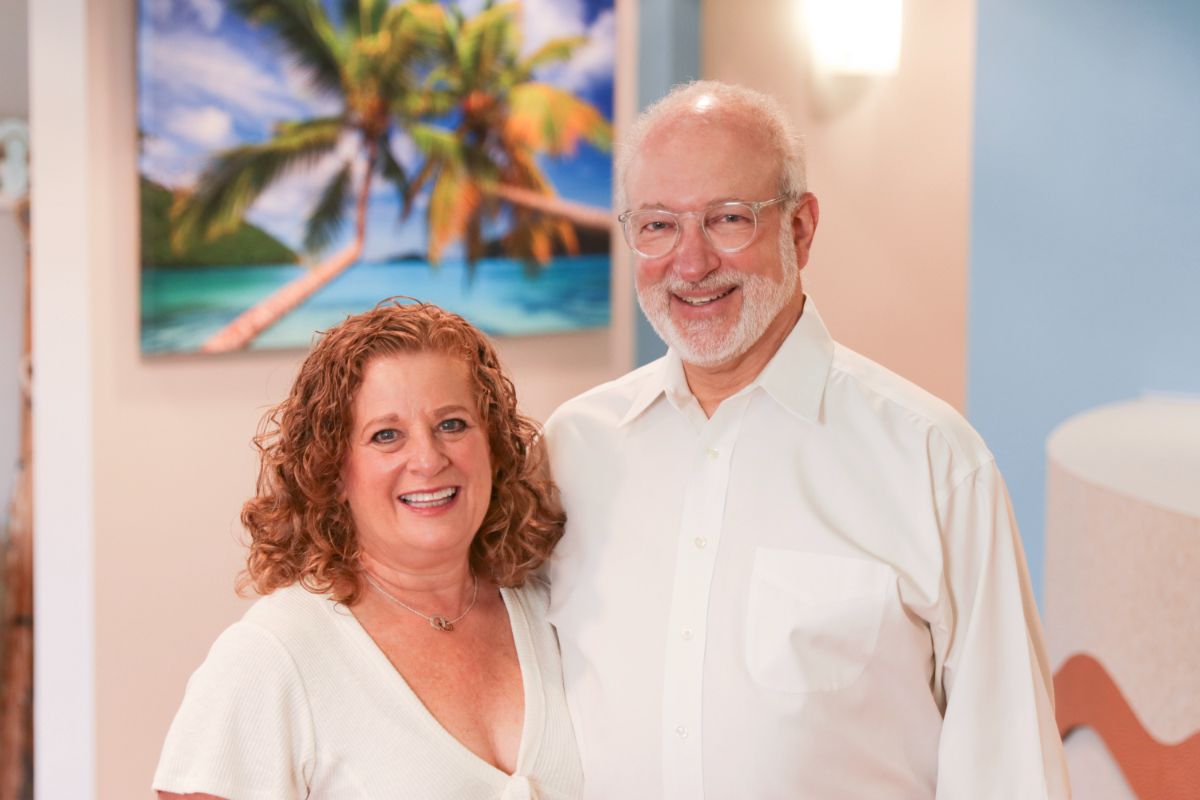As children learn, grow, and approach developmental milestones, one of the most common questions Dr. Beim hears from concerned parents is, “What age should my child see an orthodontist?”
The short answer? Beim Orthodontics recommends you bring your child in for their first orthodontic visit at age seven, following advice from the American Association of Orthodontics. The long answer is much more complex. Read below to learn more about the ins and outs of your child’s first orthodontic visit and all of the benefits that come along with it.
Benefits of Meeting at Age Seven
The benefits of “catching things early” are never to be underestimated. This age-old medical catchphrase has many empowering effects for patients in any field, and orthodontics is no exception to the rule. As one of the most common cosmetic and medical procedures that youth and adults alike experience – and perhaps one of the most expensive – getting started with orthodontic treatment at an early age is advantageous for many reasons.
Early Exposure
In the same way that early exposure to a dentist allows younger children to grow used to dental check-ups, introducing a seven-year-old to an orthodontist can help ease the stress and anxiety that often surrounds orthodontic treatment for older patients.
Dr. Beim often discovers that despite the insecurity that many first-time, teenage visitors feel about their smile, their anxiety about the orthodontic process is equally unnerving for them. This fear sometimes even works as an obstacle to the teen’s smile goals. Patients who are used to the idea of orthodontics are often more comfortable in the office and even welcome the idea of braces!
Preventative Treatment
Usually, catching an issue with orthodontics early on in a child’s life plays a major role in avoiding larger, more complex dental problems in the future. This is due to the fact that a seven-year-old’s jaw is still developing, meaning there is far more room to redirect growth on the front end than to correct it on the back end when the child’s jaw structure has already become permanent.
By detecting subtle changes in jaw structure and tracking them from age seven and beyond, your child’s orthodontist has a better chance of preventing misalignment. For example, many teenagers require tooth extractions or additional surgeries before braces can even be put on. Early screenings can work to prevent the need for oral surgery, as well as direct jaw growth, lower the risk of injury to protruding or intruding teeth, and improve the appearance of their teeth overall.
Additionally, there are multiple, specific dental issues that only an orthodontist can detect at an early age. By having an orthodontist track your child’s teeth before they’ve lost all of their baby teeth, future conditions can be stopped in their tracks.
Expense
It doesn’t come as much of a surprise to many parents that braces can be an expensive form of treatment (although they don’t have to be with Beim Orthodontics’ flexible payment plans!) However, early treatment starting at age seven can prevent, or in some cases even eliminate, the need for expensive treatment methods.
Because early intervention allows orthodontists to track the growth of a child’s jaw alignment as it develops, the doctor will be able to guide growth in a direction that naturally addresses potential problems down the line. Early intervention also allows orthodontists to preview more serious dental issues that may arise later in a child’s life and ensure that the need for expensive surgeries is unnecessary.
Better Results Overall
When you subtract the obstacles of anxiety, preventable treatments, or many of the expenses that come along with major dental problems, it is no wonder that the results achieved through early intervention are much better and more satisfying for patients overall.
You’ll know exactly when the best time to start braces is, and you’ll have already addressed a range of potential dental problems from the outset of their orthodontic journey. The thorough nature of early, long-term tracking means that your child’s smile will be more reliably straight and stay straight longer than patients who started treatment in their teenage years. In other words, starting off on the right foot of orthodontics keeps the ball rolling for orthodontic success in the future.
Consult an Orthodontist at Any Age
Although the benchmark for a first visit is seven years old, it is important to keep in mind that you should make an appointment for your child any time you notice something out of the ordinary. If your child’s teeth appear to be excessively crowded, if they are having difficulty or experiencing pain with chewing, or if they are breathing through their mouth more often than not, it is a good idea to bring them in for a visit with Dr. Beim.
Won’t Dental Visits Cover the Same Bases?
At this point, you may be wondering if your child’s pediatric dentist can monitor their development in the same way as an orthodontist. After all, by the age of seven, most children are already visiting their dentist regularly, and many parents feel that because of their age, dental visits are enough to ensure that the development of their child’s teeth is being effectively overseen. So why see an orthodontist?
Orthodontists are specifically trained for an additional 2-3 years to learn facial bone structure and development. This specialization makes orthodontists the better choice for guiding your child’s jaw growth and dentists the better choice for helping them learn healthy oral habits.
Straightening Smiles Since 1990
The team at Beim Orthodontics knows that navigating the maze of pediatric orthodontics can be difficult for most parents, especially when you have a million other items on your plate. With Dr. Beim’s 30+ years of experience in orthodontics, you can leave the worrying to us and rest easy knowing that our team has got you covered.
As an office that helps people of all ages achieve their smile goals, we pride ourselves on an educational environment that helps you feel prepared to begin your child’s (or even your own) treatment plan on the right foot. Let’s get you scheduled for a free consultation today!


